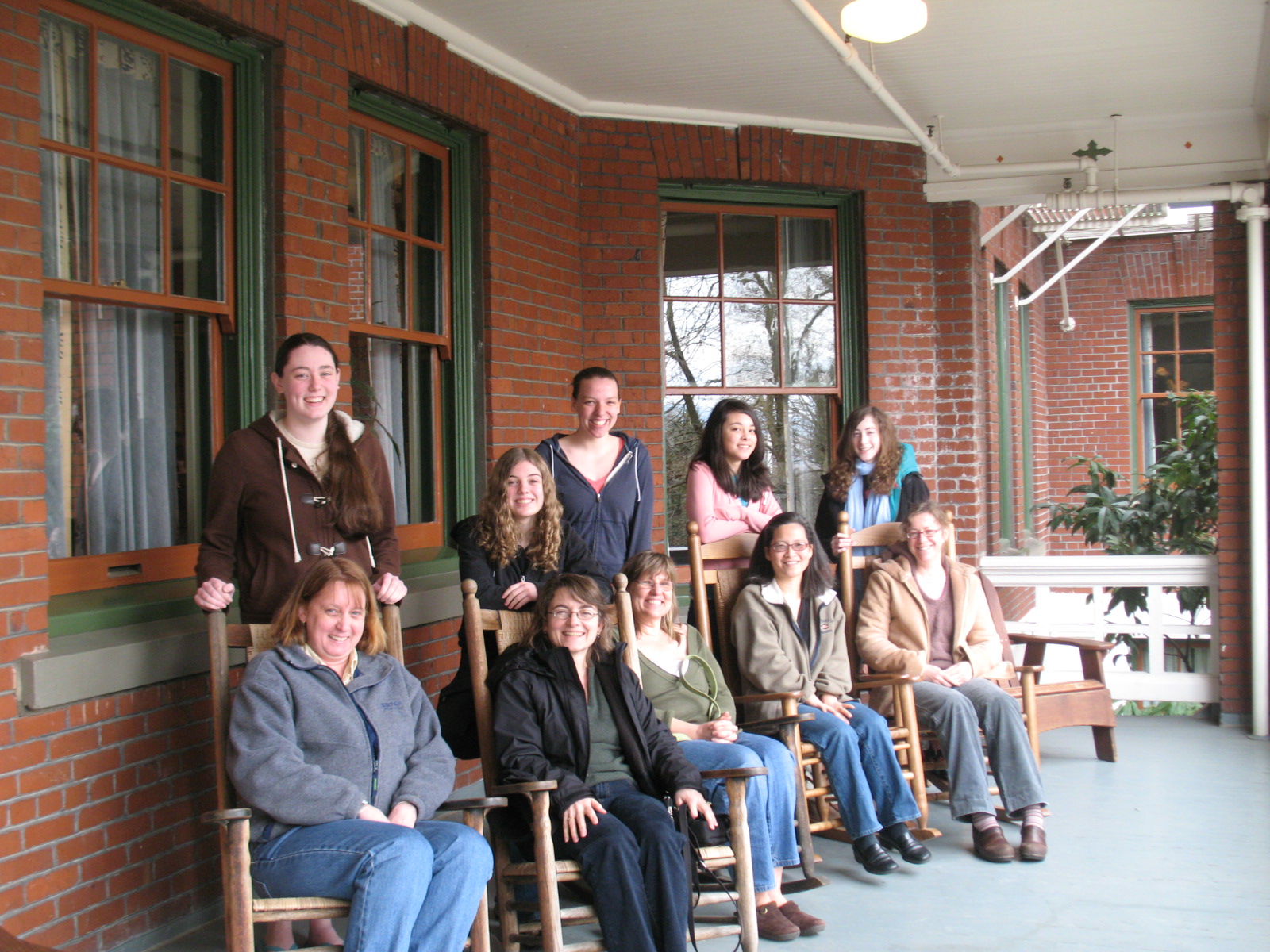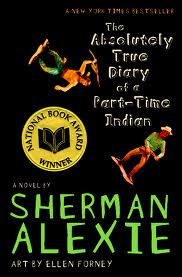I recently finished reading a newly released book by Jennie Nash called The Only True Genius in the Family. Nash’s straightforward writing style brought me into the world of her characters right away, and I thought my readers would want to know more about the woman who wrote it. Nash generously spent time answering questions for mother-daughter book club readers, and she also wrote an essay about what it’s like to have your daughter read your novels, sex scenes and all. We’ll start the week with my review of Nash’s book along with her answers to my questions. Tomorrow, I’ll post her essay along with details of a special book give away.
Book review: The Only True Genius in the Family by Jennie Nash

Claire seems to have it all—a successful career as a food photographer, a beautiful daughter who’s on the verge of earning her MFA as a painter, and a husband in the midst of selling his long-time family business. Her father is Paul Switzer, considered to be one of the most visionary photographers of his time. Claire has always had a difficult relationship with him. He dismisses her career and lavishes his attention on his granddaughter, who he feels has inherited the artistic genius in the family.
When Switzer dies, Claire’s perfect world threatens to fall apart, as she starts to question her own abilities and reexamines the relationship she had with her dad. The complex relationships in the story—both mother-daughter and father-daughter —will offer a lot to discuss within a mother-daughter book club, including issues such as jealousy, resentment, and the question of boundaries around art. Claire’s struggle to come to terms with her own talents will resonate with both generations. I recommend it for groups with girls who are in high school.
A conversation with Jennie Nash.
 How did you know you wanted to be a writer?
How did you know you wanted to be a writer?
JN: I just knew. Even as early as fourth grade, I knew. My dad was a professor and he sat in his study at a wonderful Olivetti typewriter with green keys, clacking away. I loved that sound – the noise and the rhythm and the quiet that surrounded it. I also loved the fact of the words on the page – the way they actually looked. I had a bulletin board in my bedroom where I kept quotes I liked – snippets from novelists like John Updike or from great thinkers like Rachel Carson. Some of the quotes were just a few words long, others were whole paragraphs or poems. I thought they were incredibly powerful and I wanted to feel some of that same power. It took me a long time to figure out that good writing isn’t only about pretty-sounding prose; it also has something to do with what the words mean. Imagine!
You’ve written non-fiction books before about subjects it seems were near to your heart. What made you decide to switch to fiction?
JN: I did indeed write three books of non-fiction. They were all memoirs, which is to say that they were stories from my own life. I am proud of those books, particularly the breast cancer memoir, The Victoria’s Secret Catalog Never Stops Coming and Other Lessons I Learned From Breast Cancer, because it has helped a lot of women and that feels good. A few things happened that caused me to switch to fiction. One is that I got tired of the constraints of my life; I got bored of my own story. The other reason is that I gave myself permission to become a storyteller. You heard what I said in the answer above about how it took me a long time to figure out that writing has something to do with what the words on the page actually mean? What I mean is that it took me nearly 3 books and 40 years! When I was writing memoir, I thought that the idea was to take what I knew and make it sound good – give it structure, shape. I still believe that to be a very valid process. But what I learned is that I could go backwards: I could start with an idea, and through story – by weaving the idea into a story — I could give it meaning. I realized, in other words, that a story generates its own truth – a truth that becomes equally as valid as the truth we live every day. I found that very exciting.
Claire is the daughter of a man considered to be a genius with photography. She is the mother of a woman just being recognized as a possible genius in painting. How did you decide to tell the story of a family of artists and the woman who considers herself sandwiched between two generations of geniuses?
I’ve been very interested in the myth of the prodigy—the idea that genius just comes to certain people, like a lightening strike from god. I wanted to write about that idea through the lens of the mother-daughter relationship—i.e what would the experience be of the mother of such a prodigy? When I started to set that up, and to try to understand who the mother was, I kept coming back to the idea that she knew something about genius, but wasn’t considered a genius herself—kind of like the Saliere character in the Amadeus movie—the musician who was blessed enough to recognize Mozart’s genius, but cursed not to be able to match it. I kept being drawn to the idea of jealousy. It didn’t seem believable, however, for a mom to be jealous of her daughter for her talent, alone. There had to be something else. The thing that emerged was the relationship this woman’s daughter had with this woman’s father. It seemed natural to make that father an artist, too—and suddenly I had three generations of artists and the question of genius, jealousy and inheritance.
What do you think is important about Claire’s struggle to find what she’s good at and be comfortable with it?
JN: I think it’s the key to happiness! That’s my idea of true genius – to find the thing you’re good at, to become comfortable with it to the point where you own it, and to give yourself permission to do it. That has been the arc of my life in writing, and it has brought me an enormous amount of satisfaction.
Do you consider yourself a photographer?
JN: I am so absolutely not a photographer! I can’t even remember to bring the point-and-shoot camera to my kid’s water polo games and graduation ceremonies, and even then all I can do is point and shoot. Needless to say, I did a lot of research for my story!
Can you tell us a little bit about what you’re working on and when we can expect to see something new from your pen?
JN: I am working on a novel that will be out in 2010. It’s tentatively called The Encyclopedia of Grief—although on some days, I call it The Threadbare Heart. (Any votes on that?) It’s a love story. Well, actually, it’s two love stories that overlap in some very resonant ways. There’s a mother and a daughter at the center of this story, too, but they are much older than Bailey and Claire. There’s also a dog named Luna, which is my favorite part.






